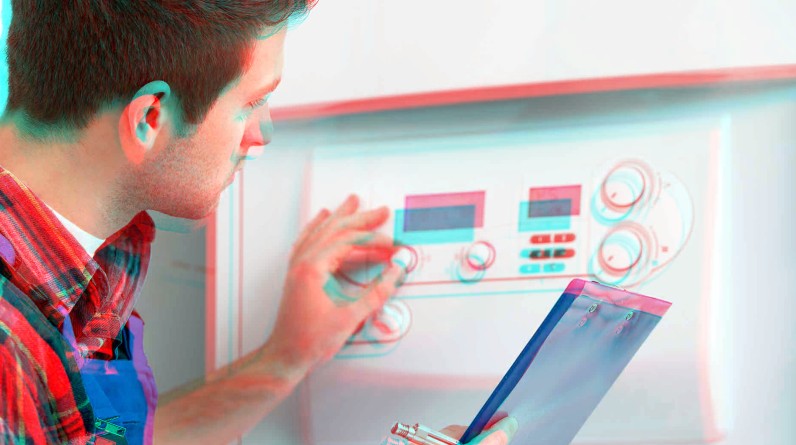
pH analyzers have been an essential tool for a wide range of industries for decades. From wastewater treatment to food production, pH measurement plays a critical role in ensuring quality control and maintaining safety standards. However, like most technologies, pH analyzer have continued to evolve with time, and the future of pH analysis looks bright, with several trends and innovations on the horizon. In this article, we will explore the future of pH analysis and the latest innovations that will shape the industry.
1. Online and Remote pH Analysis
One of the most significant trends in pH analysis is the shift towards online and remote monitoring. With the rise of IoT and cloud-based technologies, it is now possible to monitor pH levels in real-time and from remote locations. This trend has been accelerated by the COVID-19 pandemic, which has forced many industries to adopt remote monitoring solutions to maintain social distancing and reduce the risk of infection.
Online and remote pH analysis has several advantages over traditional methods. First, it allows for continuous monitoring, which is essential in industries where pH levels can fluctuate rapidly, such as in wastewater treatment. Second, it enables quick response times, as alerts can be sent to operators in real-time if pH levels deviate from the norm. Finally, it reduces the need for manual testing, which can be time-consuming and prone to errors.
2. Wireless pH Analysis
Another trend in pH analysis is the move towards wireless sensors. Wireless pH sensors use wireless technology, such as Bluetooth or Wi-Fi, to transmit data to a central hub. This eliminates the need for wires, which can be a significant source of maintenance issues in traditional pH sensors.
Wireless pH sensors have several advantages over traditional sensors. First, they are more flexible, as they can be placed in hard-to-reach locations or areas where wiring is impractical. Second, they can be easily moved from one location to another, which is useful in industries where pH levels need to be monitored in multiple locations. Finally, they are more reliable, as there are no wires that can break or become disconnected over time.
3. Improved Accuracy and Sensitivity
Another area of innovation in pH analysis is improving the accuracy and sensitivity of pH sensors. While pH sensors are already highly accurate, there is always room for improvement. New developments in sensor technology, such as nanomaterials and advanced electronics, are allowing for even more precise measurements.
Improved accuracy and sensitivity have several benefits for industries that rely on pH analysis. First, it allows for more precise control of pH levels, which can improve the quality and safety of products. Second, it can reduce the need for expensive and time-consuming manual testing, as sensors can be relied upon to provide accurate readings. Finally, it can improve efficiency, as operators can make adjustments based on real-time data rather than waiting for test results.
4. Integration with Artificial Intelligence
Artificial intelligence (AI) is increasingly being used in a wide range of industries, and pH analysis is no exception. By integrating pH sensors with AI algorithms, it is possible to automate many aspects of pH analysis, from data collection to analysis and decision-making.
Integrating pH sensors with AI has several advantages. First, it allows for faster and more accurate analysis of pH data. Second, it can reduce the risk of human error, as the AI algorithms can detect patterns and trends that might be missed by human operators. Finally, it can improve efficiency, as operators can focus on tasks that require human intervention, rather than spending time on routine tasks like data collection and analysis.
5. Improved Durability and Longevity
Finally, there is a growing trend towards improving the durability and longevity of pH sensors. Traditional pH sensors can be prone to damage and wear and tear, which can reduce their accuracy and reliability over time. However, new developments in sensor materials and construction to improve the durability and longevity of pH sensors, making them more robust and resistant to environmental factors.
For example, some manufacturers are using materials such as glass or ceramic for pH sensor construction, which can withstand harsh chemicals and extreme temperatures. Others are developing coatings that can protect pH sensors from fouling, reducing the need for frequent cleaning and maintenance.
Improved durability and longevity have several benefits for industries that rely on pH analysis. First, it reduces the need for frequent sensor replacement, saving time and money. Second, it improves reliability, as operators can rely on sensors to provide accurate readings over extended periods. Finally, it can improve safety, as sensors that are less prone to damage are less likely to malfunction or fail.
Conclusion
The future of pH analysis looks promising, with several trends and innovations set to shape the industry in the coming years. Online and remote monitoring, wireless sensors, improved accuracy and sensitivity, integration with AI, and improved durability and longevity are just a few examples of the developments that are set to revolutionize pH analysis.
These innovations have several benefits for industries that rely on pH analysis, including improved efficiency, productivity, safety, and quality control. As technology continues to evolve, we can expect to see even more exciting developments in pH analysis, making it an even more essential tool for industries around the world.






